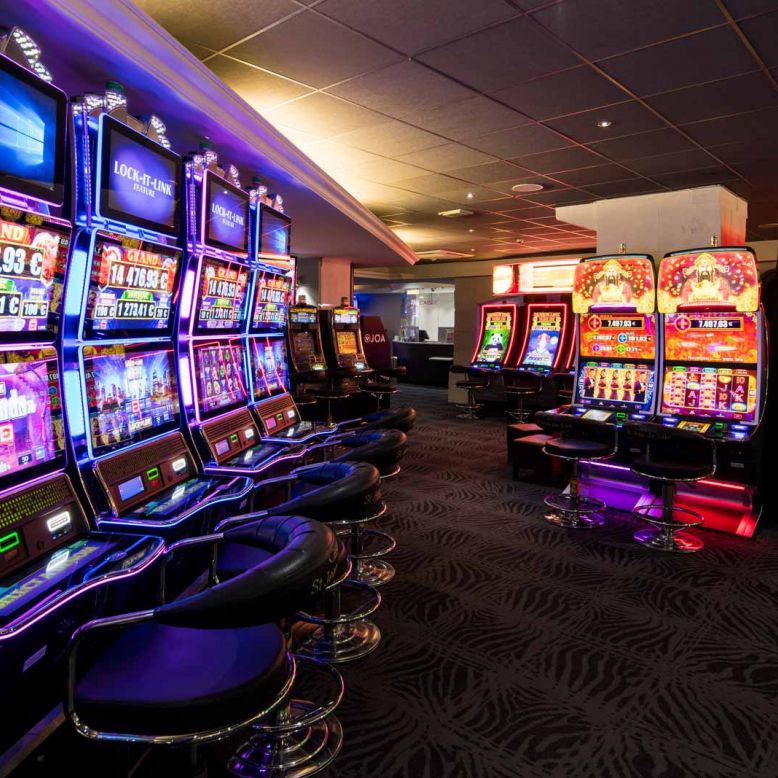
Casino experiences have long captivated human interest, drawing gamblers into a realm filled with chance, strategy, and the allure of thrill. Each activity is carefully crafted not just for entertainment, but also to elicit targeted emotional responses that keep players engaged and committed. Understanding the reasons behind these designs reveals much about how behavioral psychology plays a crucial role in the gaming experience.
From the bright lights and dynamic sounds to the sophisticated layering of guidelines and incentives, casino games are designed to create an atmosphere of excitement and eagerness. Game designers leverage mental cues to influence participant behavior, whether through the use of winning opportunities, near-miss scenarios, or social interactivity. By examining these factors, we can better appreciate how casino games fulfill not just a desire for entertainment, but more profound psychological needs for thrill and hazard.
Understanding Player Actions
Casino games are designed with a deep comprehension of gamer psychology, which is crucial for drawing in and keeping players. The rush of the game, coupled with the hope of winning, produces a formidable draw. Game designers utilize elements like sonic elements, dynamic graphics, and captivating gameplay to capture attention and evoke emotional responses. These sensory experiences enhance the immersive experience, making players feel more invested in the game.
Another important aspect of player behavior is the idea of risk/reward dynamics. Casino games often weigh high-stakes situations with the potential for substantial rewards, which can lead to the occurrence known as near-miss phenomenon. When players come near to winning, the brain releases dopamine, strengthening their behavior and motivating them to keep playing in pursuit of that elusive win. This cycle of hope and letdown plays a key role in how games are structured and marketed.
Lastly, social factors also play a pivotal role in player behavior at casinos. Many games are designed to be played in pairs or alongside other players, creating a sense of belonging and collective experience. The interaction inherent in games like poker enhances enjoyment and can culminate in extended gameplay. Designers take advantage on this by crafting environments that encourage players to linger, socialize, and revisit, making the overall casino experience more attractive.
The Role of Imagery and Sound
Imagery and audio play a significant role in improving the gambler’s experience within casino games. Designers utilize bold colors, eye-catching graphics, and captivating animations to grab players’ attention and sustain their interest. The use of motifs, such as exploration or opulence, helps create an immersive atmosphere that transports players into a different world. By appealing to the senses, these elements contribute to a intensified emotional response, prompting players to engage more profoundly with the games.
Sound design is just as important in reinforcing the experience of casino games. The combination of background music, audio effects for winning combinations, and environmental noises creates an sound landscape that holds players fascinated. Audio cues associated with victories, such as chiming bells or festive music, evoke feelings of excitement and satisfaction, encouraging players to continue playing. These sound cues are strategically placed to enhance the thrill of the game and create a more engaging experience.
Additionally, the synchronization of imagery and sound is essential for supporting the game’s overall theme and mood. Each element should coordinate harmoniously to create a cohesive experience that draws players in. The effective use of this integration not only enhances user enjoyment but also boosts the likelihood of repeat play, as players become more engaged in the immersive world that the casino games offer. This thoughtful integration of imagery and sound ultimately enhances player involvement and loyalty.
Incentive Structures and Engagement
The development of casino experiences heavily relies on incentive systems to ensure participants engaged and coming back for more. These structures are rooted in behavioral theories that take advantage of human nature and motivation. Participants are often driven by the thrill of success, which is supported by immediate responses through the game’s design. This instant gratification not only improves the overall experience but also fosters a sense of success, encouraging participants to keep participating in hopes of bigger rewards.
Casinos adopt various incentive systems, including large payouts, extra rewards, and multipliers, to captivate participants. IQ88 These features create a level of excitement that maintains engagement. Additionally, the randomness of outcomes plays a significant role in sustaining attention. The variable reward system, where wins are random but occur often enough, maintains players on edge and driven to continue participating. This loop of hope and anticipation is essential to the effectiveness of gambling experiences.
Furthermore, social elements, such as tournaments and collaborative options, enhance the engagement factor by leveraging the competitive nature of players. The shared experience of playing with fellow participants can intensify the excitement of winning and create a community atmosphere within the gaming space. By integrating these social dynamics with efficient reward systems, gambling experiences don’t just provide fun but also nurture a stronger connection among participants, solidifying their loyalty to the overall experience.
